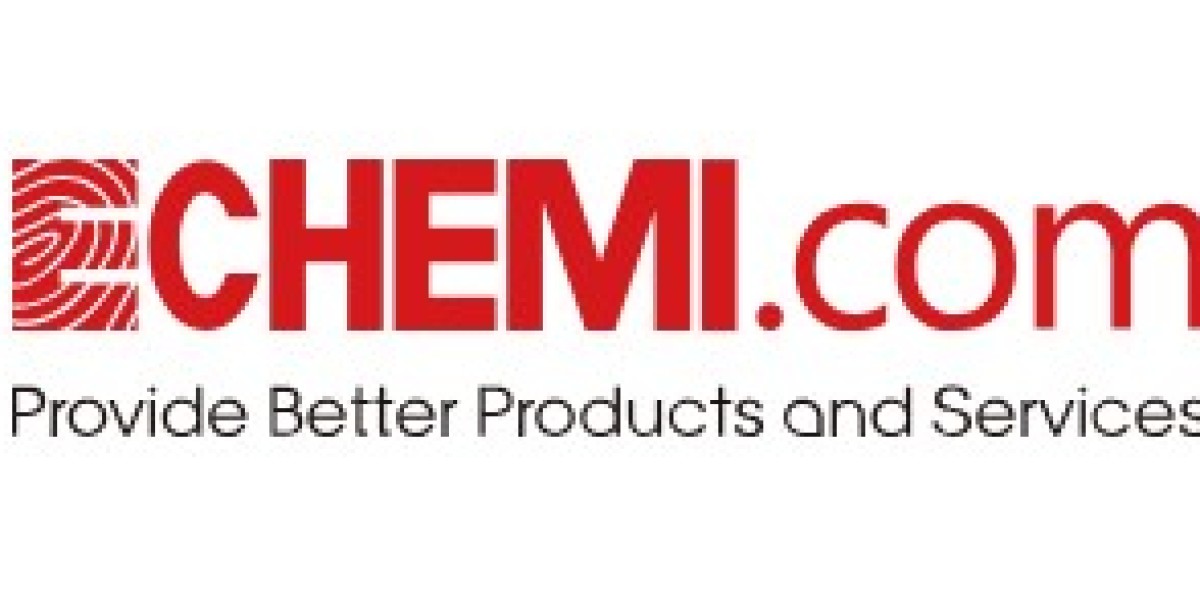Compliance with industry standards is a cornerstone of responsible and sustainable operations in the chemical supply chain. These standards, established by regulatory bodies, industry associations, and international organizations, ensure the safe production, handling, storage, and transportation of chemical products. Adhering to these standards not only protects human health and the environment but also enhances operational efficiency, builds trust with stakeholders, and mitigates legal and financial risks.
One of the most widely recognized frameworks for chemical safety is the Globally Harmonized System of Classification and Labelling of Chemicals (GHS). GHS standardizes the classification and labeling of hazardous chemicals, ensuring consistent communication of risks across borders. chemical supply must comply with GHS requirements by providing accurate Safety Data Sheets (SDS) and using standardized hazard pictograms, signal words, and precautionary statements. This compliance helps workers, emergency responders, and consumers understand the risks associated with chemical products and take appropriate safety measures.
In addition to GHS, chemical suppliers must adhere to regulations such as the Registration, Evaluation, Authorisation, and Restriction of Chemicals (REACH) in the European Union and the Toxic Substances Control Act (TSCA) in the United States. These regulations mandate the registration and assessment of chemical substances, restrict the use of hazardous materials, and promote the substitution of safer alternatives. Compliance with such regulations requires thorough documentation, rigorous testing, and ongoing monitoring of chemical products throughout their lifecycle.
Transportation of chemicals is another critical area where compliance is essential. Standards such as the International Maritime Dangerous Goods (IMDG) Code and the International Air Transport Association (IATA) regulations govern the safe shipment of hazardous materials by sea and air, respectively. Suppliers must ensure proper packaging, labeling, and documentation to prevent accidents during transit and comply with these standards. Similarly, the Occupational Safety and Health Administration (OSHA) in the U.S. and equivalent bodies worldwide set workplace safety standards to protect employees from chemical hazards.
Environmental compliance is equally important. Regulations such as the Clean Air Act (CAA) and the Clean Water Act (CWA) in the U.S., as well as the European Union’s Industrial Emissions Directive (IED), aim to minimize the environmental impact of chemical operations. Suppliers must implement measures to reduce emissions, manage waste responsibly, and prevent pollution. Adopting sustainable practices, such as energy efficiency and circular economy principles, further demonstrates a commitment to environmental stewardship.
Non-compliance with industry standards can result in severe consequences, including fines, legal action, reputational damage, and operational disruptions. To avoid these risks, chemical suppliers must invest in robust compliance programs, employee training, and regular audits. Leveraging digital tools, such as compliance management software, can streamline documentation, track regulatory changes, and ensure timely adherence to standards.
In conclusion, industry standards compliance is essential for ensuring safety, sustainability, and operational excellence in the chemical supply chain. By adhering to regulatory frameworks, adopting best practices, and fostering a culture of compliance, chemical suppliers can protect people and the planet while building trust and resilience in a competitive market. Compliance is not just a legal obligation but a strategic imperative for long-term success.









